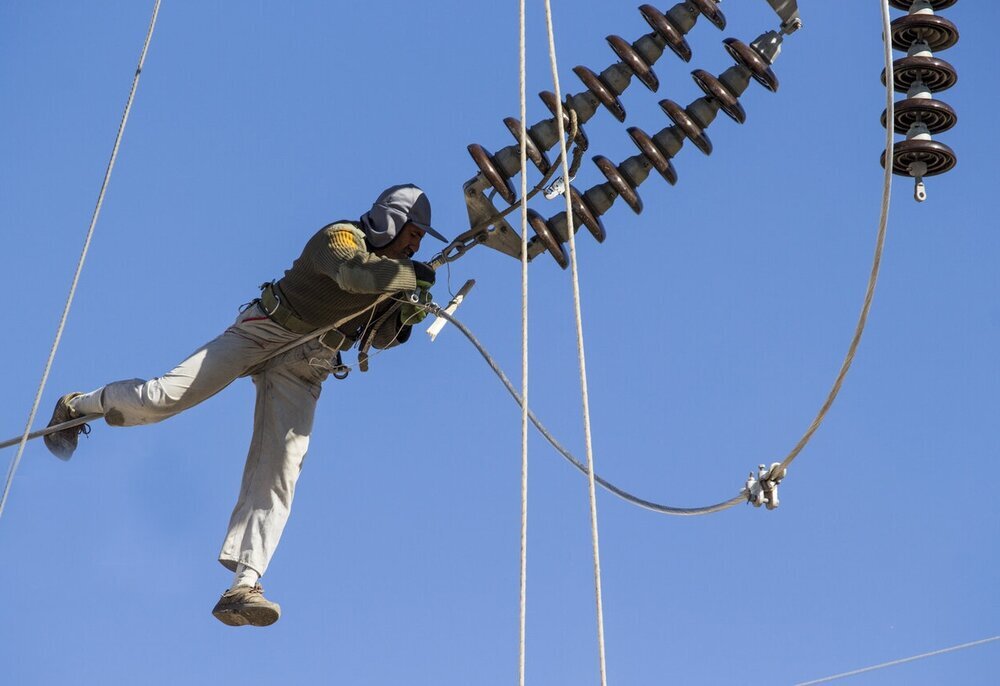Tavanir implements program to renovate 1,300km of power networks

TEHRAN - An official with Iran's Power Generation, Distribution, and Transmission Company (known as Tavanir) said the company is going to implement a program based on which over 1,300 kilometers of the country’s electricity network will be improved and renovated.
According to this program which will be officially launched on November 19, on the last Thursday and Friday of every month a two-day maneuver will be held to amend a part of the country’s power grid, Gholamali Rakhshani-Mehr said.
As IRNA reported on Wednesday, this maneuver will be implemented for the first time in the country with a focus on the digital transformation of the country’s power grid maintenance systems and the management of the Energy Ministry’s assets.
More than 3,900 specialized personnel in the form of 1,327 operational teams will be participating in this nationwide maneuver to repair worn-out electricity distribution networks, Rakhshani-Mehr said.
The official mentioned implementing the policies of the resilient economy, improving and upgrading the network’s performance indicators, increasing network stability and reliability, reducing the number and time of power outages, reducing network losses and balancing network load, improving customer satisfaction, and improving the readiness of operational teams in the face of potential crises as some of the goals of this program.
The deputy coordinator of the Tavanir Distribution Office also mentioned the conversion of copper wire networks into self-supporting cable ones, removal of loose connections, improvement of the substations equipment including boards, counters, and metal base valves as other axes of this nationwide maneuver.
Having one of the vastest electricity networks in the region, Iran has been emerging as a power hub in West Asia.
All the Iranian urban population is enjoying electricity through the national power grid while nearly 99.7 percent of the country’s rural population is also supplied with electricity, while according to the information provided by the International Energy Agency (IEA), this figure is 86 percent in Central and South America, 85 percent in Asia, 78 percent in West Asia and 36 percent in Africa.
EF/MA
Leave a Comment